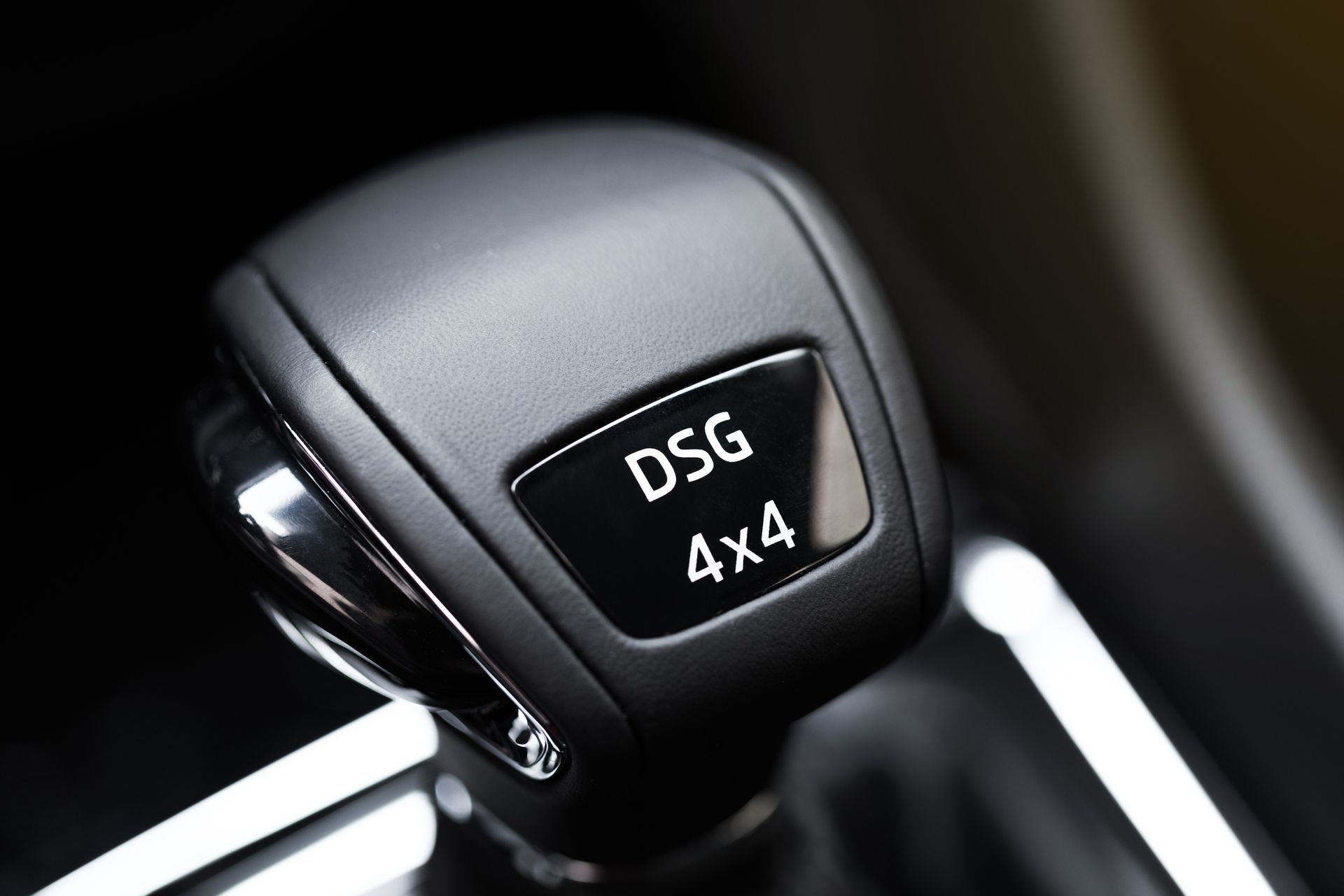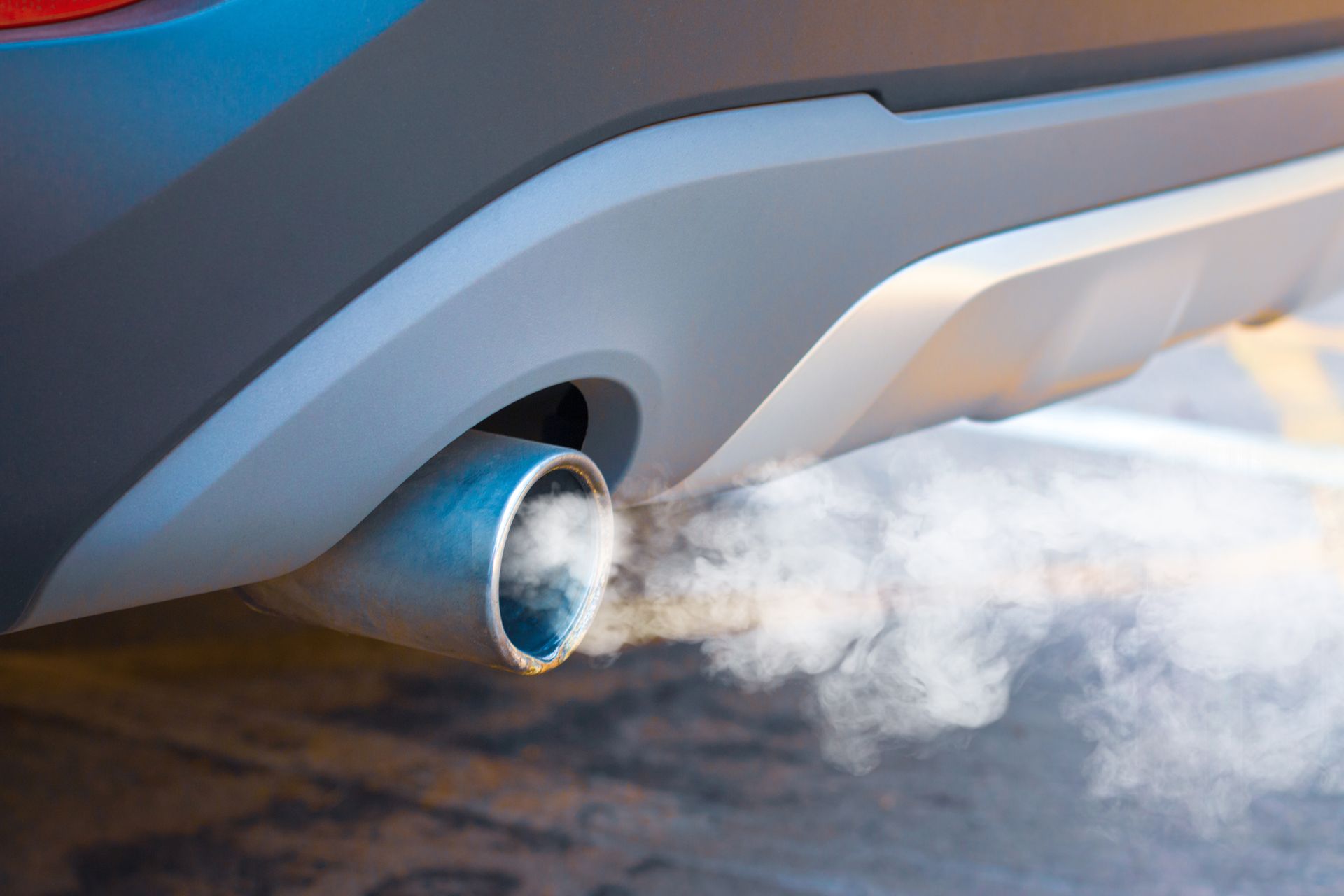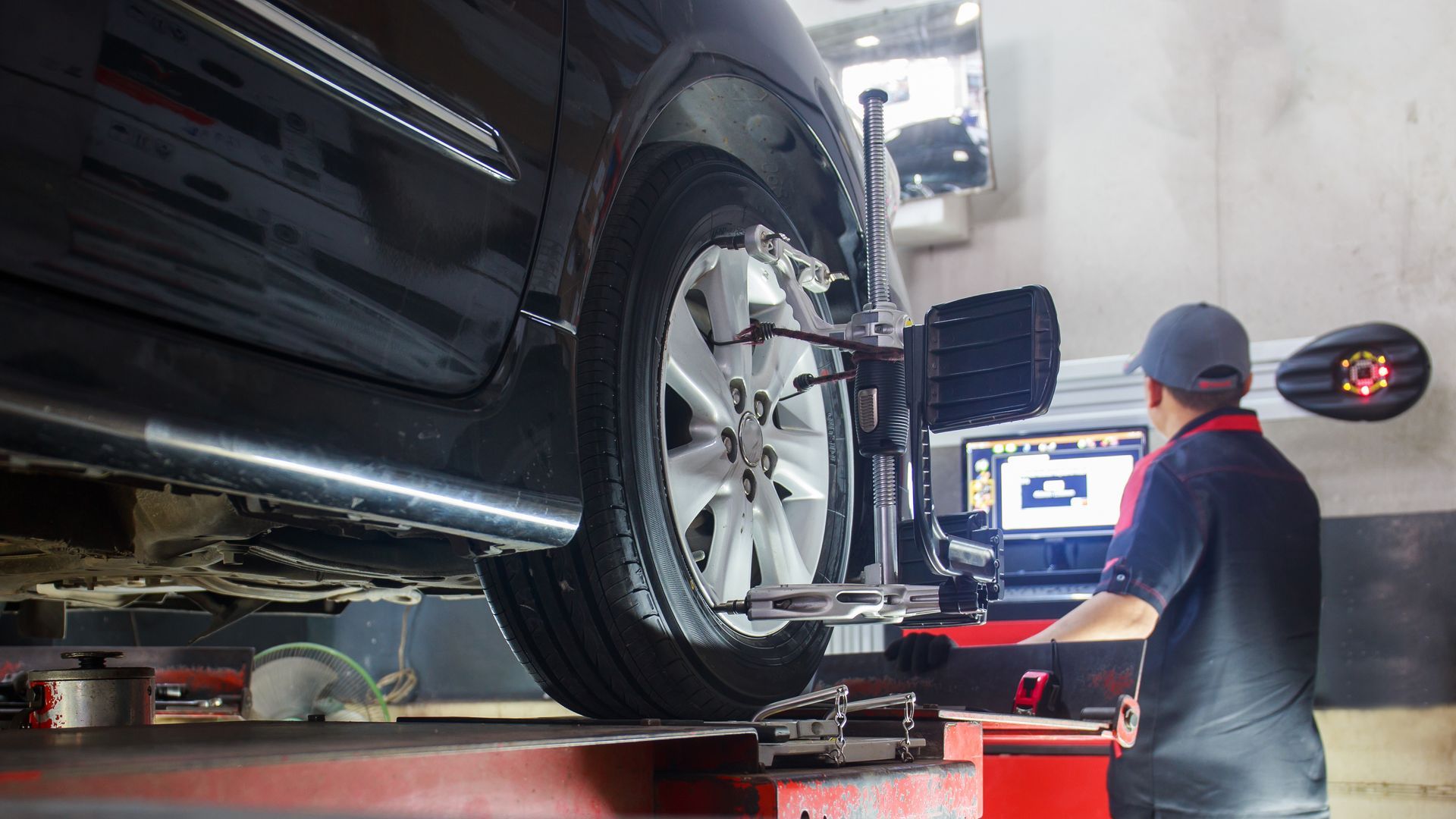If your check engine light has come on, it’s time to get to know your car better. We’ll take a look at what car diagnostics are and how they can help you keep your vehicle in good working order. With a little knowledge and the right tools, you can be prepared for anything that comes up on your next road trip.
What are Car Diagnostics?
Car diagnostics are system checks that monitor the performance of your vehicle. This can include anything from the engine light coming on to the antilock brakes engaging. By understanding what these system checks are and how they work, we can better diagnose problems with your car and get it back on the road as soon as possible.
How Do Car Diagnostics Work?
In order to run a diagnostic test, you’ll need a diagnostic tool. This is usually a handheld device that plugs into your car’s On-Board Diagnostics (OBD) port. Once plugged in, the device will read any trouble codes that have been stored in the car’s computer. These codes can tell you everything from why your engine light is on to which sensors are not working properly.
Where is the OBD Port?
The OBD port is usually located underneath the dashboard on the driver’s side of the vehicle. It may be hidden by a panel or cover, so you may need to consult your owner’s manual to find it. Once you’ve located the port, plug in your diagnostic tool and turn on the ignition (but do not start the engine). The device should power on and begin reading any trouble codes that are stored in the car’s computer.
Car diagnostics can seem like a mystery, but they don’t have to be! We are here to help and are well-equipped for your diagnostic needs.










